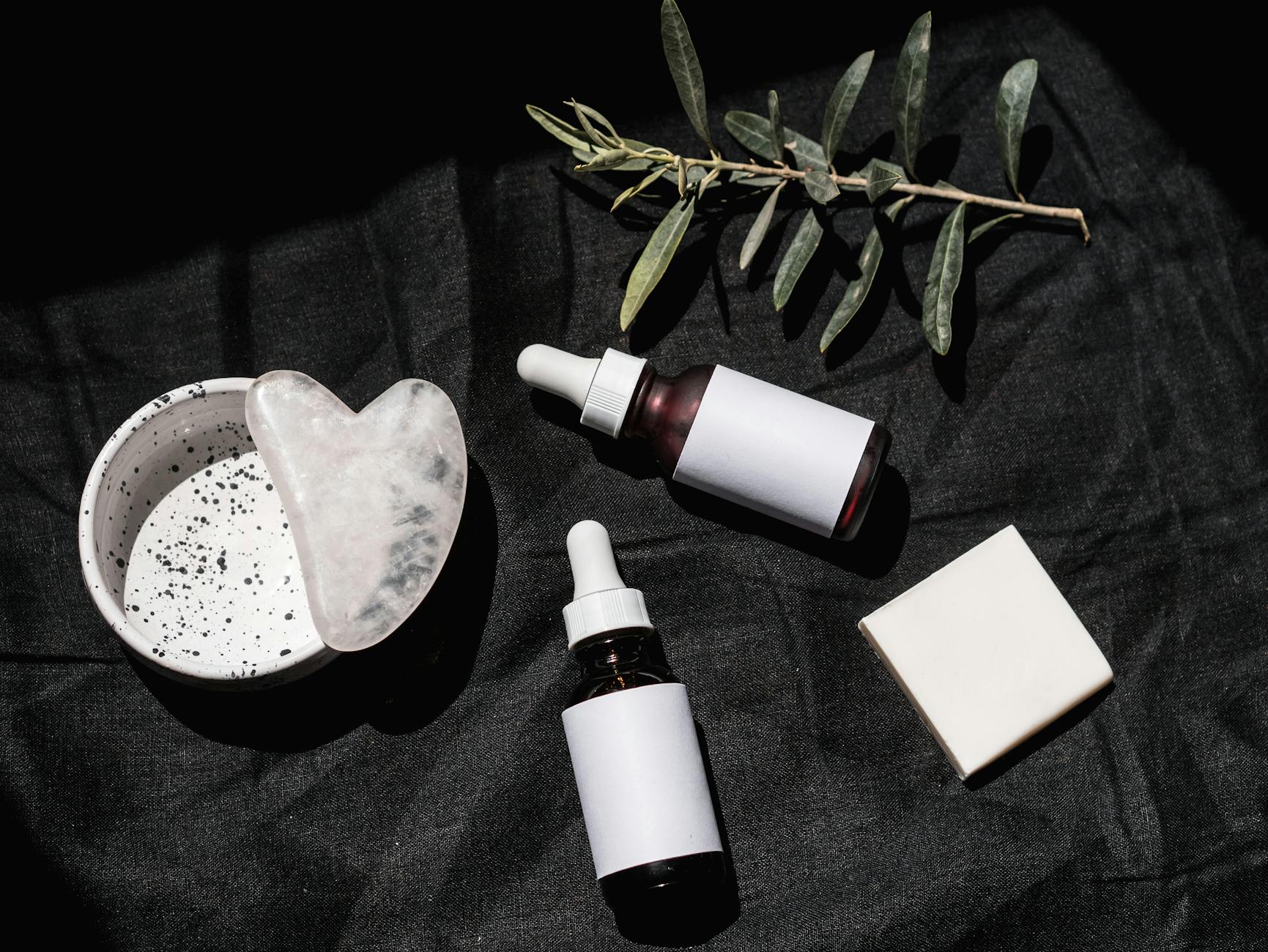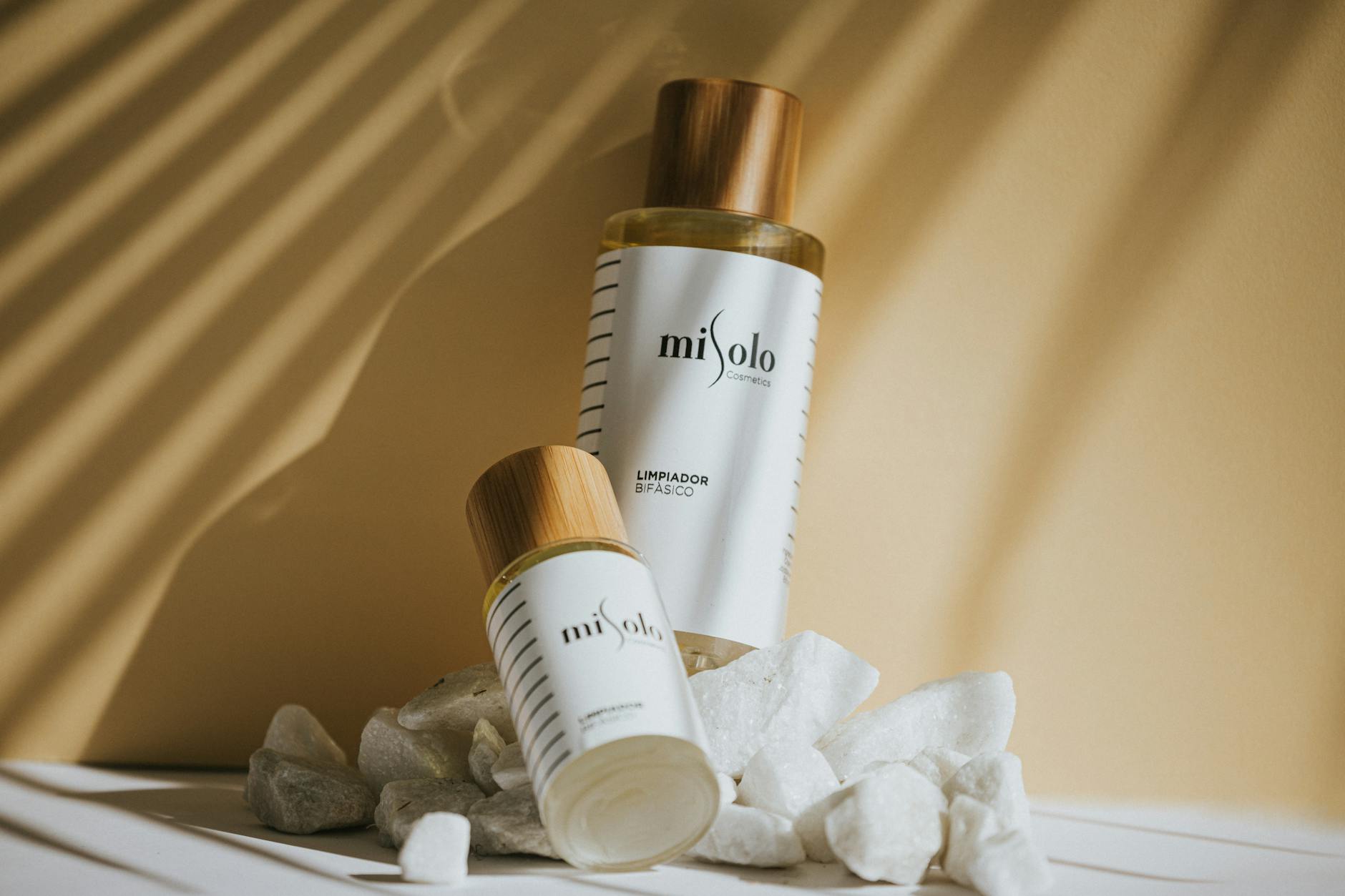How to Make Informed Sunscreen Choices for Kids in Australia

Understanding Sun Protection
It's essential to grasp how protecting your skin from the sun intersects with caring for our planet. Engaging in community events at CERES Community Environment Park in Melbourne, I've found they underline the importance of eco-conscious choices in daily routines. It's important, especially in sun protection, to find solutions that care for both our skin and the world around us. For those conscious of environmental impact, choosing options like reef safe sunscreen can make a significant difference.
When considering sunscreen, the choices go beyond traditional lotions. There are physical and chemical options to reflect or absorb UV rays. With Australia’s intense sun, knowing the details of SPF and broad-spectrum protections helps make informed decisions for any bottle you pick up. For those with little ones, baby sunscreen has formulations especially designed to be gentle on their sensitive skin while still offering robust protection.
Keeping our skin protected does not mean compromising on environmental ethics. Integrating sustainable practices into our sun protection habits not only guards us against harmful UV radiation but also safeguards the marine environments Ethan Cooper and many of us cherish. Community-driven insights from outdoor enthusiasts and scientific facts contribute to a comprehensive understanding of sun protection, ensuring a balance between personal health and ecological responsibility.
Environmental Concerns
Impact on Marine Ecosystems
As fervent advocates of environmental preservation, it's crucial to address the effects that some sunscreens can have on our cherished marine ecosystems. Reef ecosystems, which are vital to marine biodiversity, are under threat from certain sunscreen chemicals. These substances can lead to coral bleaching, disrupting the health and vibrancy of areas like the Great Barrier Reef. As talked about in environmental discussions at Federation Square, safeguarding our oceans starts with choices made during everyday activities, such as selecting the right sunscreen.
Identifying Reef-Safe Sunscreens
To make an informed choice, focus on products labelled as “reef-safe”. Typically, these sunscreens omit harmful ingredients like oxybenzone and octinoxate, which have been identified as harmful to coral and marine life. When considering reef-safe options, look for products incorporating zinc sunscreen. This mineral-based component is less likely to damage marine habitats and is often recommended for extended outdoor activities due to its effective sun-blocking abilities.
Ingredients to Avoid
For those passionate about eco-conscious daily practices, it is imperative to avoid sunscreen formulations with oxybenzone, octinoxate, and petrolatum. These components are not only detrimental to coral but also problematic for other marine organisms. Instead, align your choices with ingredients that are celebrated for their protective properties without the adverse environmental impact. By choosing sunscreens mindfully, you contribute significantly to preserving the natural beauty of marine sanctuaries.
Choosing Sunscreen for Kids
Key Ingredients for Safety
When it comes to selecting the right sunscreen for children, safety ingredients are a top priority. While exploring the benefits of kids sunscreen, I always consider sunscreens that include ingredients such as zinc oxide and titanium dioxide. These mineral-based ingredients provide a physical barrier against the sun’s rays, making them a safer choice for sensitive skin. Opting for products that are free from harmful chemicals like oxybenzone is imperative, given the potential environmental impact these can have on marine ecosystems. Let’s make informed choices that safeguard both our children and the environment.
Sensitivity and Allergic Reactions
Children’s skin is particularly delicate, so it's crucial to choose sunscreens specifically designed for sensitive skin. Consider formulas that are hypoallergenic and free from fragrances or harsh preservatives, which are common culprits of allergic reactions. Testing a small patch of skin with the sunscreen before full application can prevent any adverse reactions. Being informed about formulation details not only ensures children’s comfort but also aligns with my commitment to eco-friendly living.
Water and Sweat Resistance
Active outdoor play often results in water and sweat, making resistant sunscreens essential. Look for options labeled water-resistant or sweat-resistant with at least 40 minutes efficacy in water settings. This type of sunscreen is ideal for community outings, like days spent exploring eco-conscious initiatives at Federation Square. Even with these resistant formulations, remember to reapply diligently to ensure ongoing protection. By adopting these practices, we embrace mindful living that values the health of our young ones and the planet.
Application Tips
Proper Application Steps
Applying sunscreen effectively is crucial for maximising its benefits, particularly when using natural sunscreen. Start by applying it generously to all exposed skin at least 20 minutes before heading outdoors. This allows the product to absorb fully and form a protective barrier. Use a teaspoon-sized amount for your face, and apply enough to cover areas such as your neck, ears, and any other exposed skin. For your body, a standard shot glass worth of sunscreen should suffice. Avoid 'rubbing in' too much, as this can reduce the efficacy of your sunscreen. Let it sit well on your skin for optimal protection.
Reapplication Guidelines
Reapplying sunscreen is vital, especially if you're participating in activities that involve water or exertion. Make it a habit to reapply every two hours and immediately after swimming or sweating. Set an alarm on your phone or use a reapplication app to remind you, ensuring that your skin remains shielded from harmful UV rays throughout the day.
Coverage Areas Often Missed
Don't forget the lesser-thought-of areas that are frequently overlooked. These include the tops of your feet, back of your knees, hands, and even your scalp if your hair is the type that tends to part or thin out. Remember to pay special attention to lips by using a lip balm with SPF to prevent sunburn and dryness. Prioritising these often-missed parts will help ensure complete coverage and protection.
Challenges and Solutions
Navigating Outdoor Conditions
When embracing an eco-conscious lifestyle, knowing how outdoor conditions can affect the efficacy of sunscreen is crucial. Our extensive green spaces, from the lush surrounds of CERES Park to the serene trails of the Royal Botanic Gardens Victoria, often expose us to varying weather extremes. Remember, reapply sunscreen every two hours, especially when basking in the sunlight along the Yarra River or participating in community gatherings at Federation Square. Water-resistant options are essential for beach visits, but they may not hold up during strenuous activity, so pairing them with sun-protective clothing is advisable.
Encouraging Consistent Use
Instilling the habit of regular sunscreen application, even on overcast days, can be challenging. Yet, leading by example in your eco-friendly circles, perhaps during events at local community gardens, can inspire others. Incorporating shade structures and encouraging protective gear at outdoor eco-events, like those often hosted at CERES, can make a significant communal impact. To improve compliance, consider using reward systems or educational activities that emphasize the harms of UV exposure and the virtues of sustainable products.
Exploring Innovative Solutions
As an advocate for sustainable practices, adopting innovative alternatives in sun protection can be a game-changer. Cutting-edge materials like UV-filtering clothing not only provide additional protection but also align with sustainable lifestyle choices. Additionally, mineral-based sunscreens with natural components can diminish environmental impact. Participating in product swap meets or educational dockets at Federation Square can further educate on identifying eco-friendly sunscreen variants, making a concerted push towards preserving our planet a reality.


